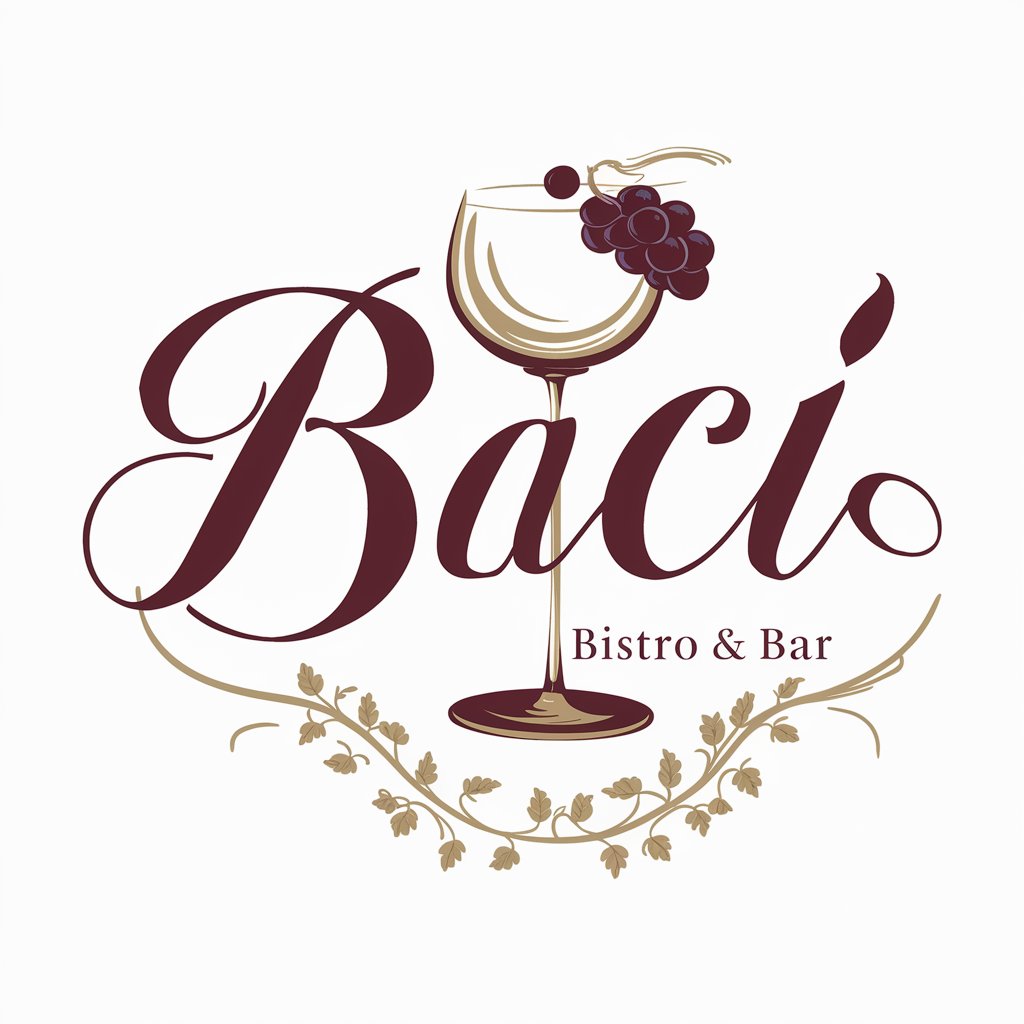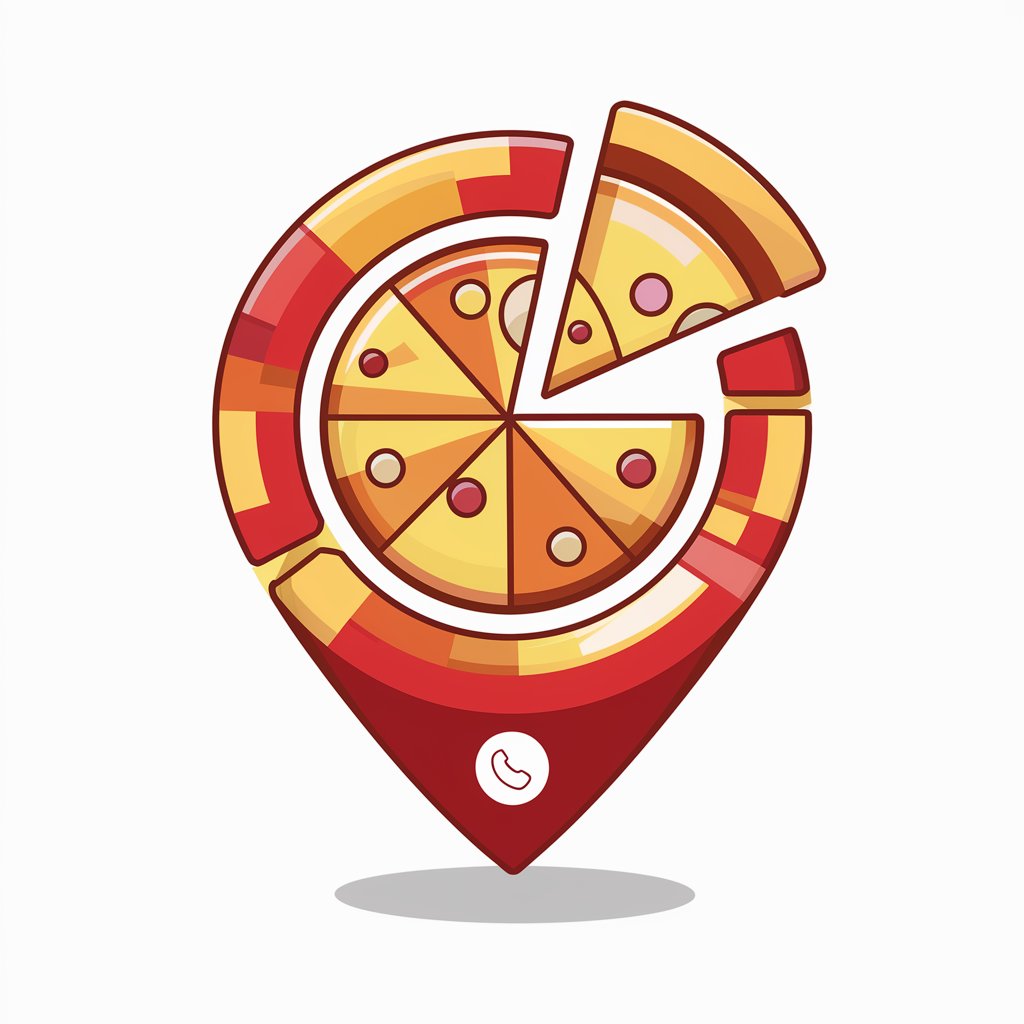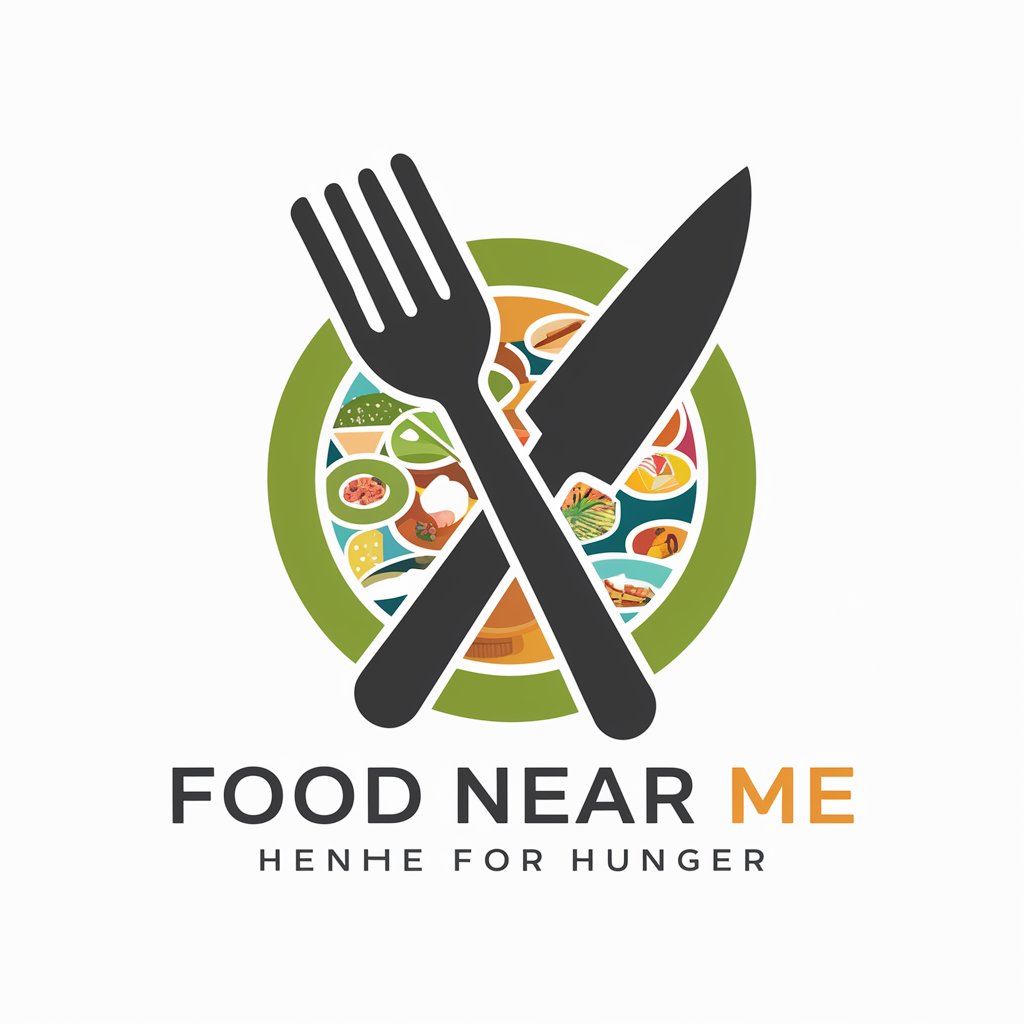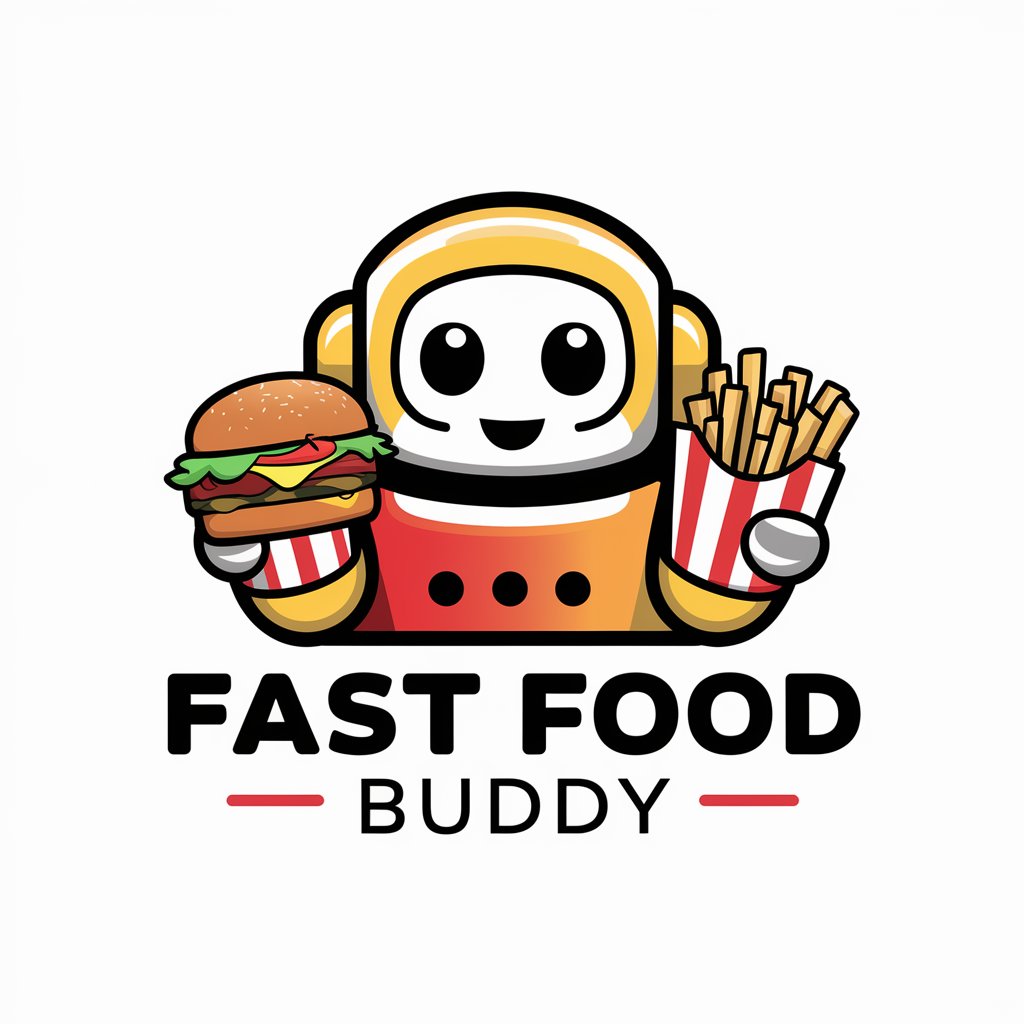22 GPTs for Menu Exploration Powered by AI for Free of 2025
AI GPTs for Menu Exploration are advanced artificial intelligence tools designed to streamline and enhance the process of navigating through various menus and options in digital platforms. Leveraging the capabilities of Generative Pre-trained Transformers (GPTs), these tools offer personalized and efficient solutions for users seeking to optimize their interactions with complex interfaces. By understanding natural language inputs and providing contextually relevant responses, AI GPTs for Menu Exploration significantly improve user experience, making them invaluable in fields where quick and accurate access to information is essential.
Top 10 GPTs for Menu Exploration are: Menu Mate,Maria Bombón,Baci's AI Server,Pizza Near Me,English Diner Buddy,Fast Food Hacks,Food Near Me,Restaurants Near Me,Restaurant Menu Visualiser,Cheesecake Factory Menu
Menu Mate
Simplify Your Pizza Orders with AI

Maria Bombón
Navigating Fusion Cuisine with AI

Baci's AI Server
Elevate Your Dining with AI

Pizza Near Me
AI-Powered Local Pizza Finder

English Diner Buddy
Dine and Learn: AI-Powered English Tutor

Fast Food Hacks
Reimagine Fast Food with AI

Food Near Me
Discover dining, tailored by AI.

Restaurants Near Me
Explore Nearby Dining with AI

Restaurant Menu Visualiser
Bringing Menus to Life with AI

Cheesecake Factory Menu
Deciphering Menus with AI Precision

Mondo Pizza Info
AI-Powered Mondo Pizza Guide

McHelper
Your AI-powered McDonald's Guide

Porto Mancino Care
Elevating Your Italian Dining Experience with AI

Pizza! Pizza! Lowdown
Uncover the Legacy of Little Caesar's Pizza

Fast Food Buddy
Empowering Your Fast Food Choices with AI

CreoleEats Sam Walton
AI that Understands Your Taste

Hamburger Israel
Explore Israel’s best burgers, AI-driven.

Tim's Menu Mate
Empower Your Meal Choices with AI

Square One Assistant
AI-powered dining assistant

Greenfelds
Savor Authentic Hungarian Delights

WoltZerker
Explore dining with AI precision

Menu Viewer
See Your Food Before You Order

Essential Attributes and Functions
AI GPTs for Menu Exploration boast a range of unique features tailored to enhance user interaction with digital menus. Key capabilities include natural language understanding, which allows users to navigate menus through conversational inputs. These tools also offer adaptive learning to better suit individual user preferences over time. Specialized functions such as dynamic content generation, technical troubleshooting, and web searching augment their utility. Moreover, the integration of image creation and data analysis features opens up new avenues for visual menu exploration and data-driven decision-making.
Intended Users of AI GPTs in Menu Exploration
The primary beneficiaries of AI GPTs for Menu Exploration encompass a wide range of users, from novices to professionals in various sectors. Individuals without programming skills can easily interact with digital platforms using natural language, while developers and technical professionals benefit from the advanced customization and integration capabilities. These tools are particularly useful for UX/UI designers, information technologists, and anyone involved in creating or managing digital interfaces.
Try Our other AI GPTs tools for Free
Chain Mixology
Unlock the potential of chain operations with AI GPTs for Chain Mixology, offering customized, scalable solutions for optimizing complex systems.
Wellness Scheduling
Discover how AI GPTs for Wellness Scheduling can transform your wellness business with efficient, personalized scheduling solutions designed to enhance client engagement and operational efficiency.
Fitness Enhancement
Discover how AI GPTs for Fitness Enhancement can transform your health journey with personalized workout and nutrition plans tailored to your goals.
Photography Management
Discover how AI GPTs revolutionize Photography Management with automated sorting, editing, and intelligent recommendations, simplifying workflows for enthusiasts and professionals alike.
Historic Research
Discover how AI GPTs for Historic Research revolutionize the exploration of history with advanced AI technology, offering tailored insights and analyses for researchers, educators, and history enthusiasts alike.
History Enthusiasts
Explore history like never before with AI GPTs for History Enthusiasts, designed to enhance your learning and research with tailored insights and interactive experiences.
Further Exploration and Integration Possibilities
AI GPTs function as versatile solutions across different sectors, providing user-friendly interfaces that can significantly enhance the efficiency of digital navigation. Their ability to integrate seamlessly with existing workflows and systems further underscores their value, offering a forward-looking approach to improving digital interaction and accessibility.
Frequently Asked Questions
What exactly are AI GPTs for Menu Exploration?
AI GPTs for Menu Exploration are specialized AI tools designed to simplify and enhance the interaction with digital menus through natural language understanding and tailored responses.
How do AI GPTs improve menu navigation?
They understand conversational inputs, allowing users to navigate menus intuitively, and adapt to user preferences for personalized experiences.
Can non-programmers use these tools effectively?
Absolutely. These tools are designed for ease of use, enabling those without coding skills to navigate digital menus effortlessly.
What makes these tools stand out from regular search functions?
AI GPTs offer contextually aware responses, understand complex queries, and provide dynamic content generation, surpassing traditional search capabilities.
Are there customization options for developers?
Yes, developers have access to advanced customization and integration options, allowing for tailored implementations in various projects.
How does adaptive learning enhance user experience?
Adaptive learning tailors the tool's responses over time to match user preferences and habits, making navigation more intuitive and efficient.
Can these tools integrate with existing digital platforms?
Yes, they are designed for easy integration with existing systems, enhancing functionality without requiring significant changes.
What sectors benefit most from AI GPTs for Menu Exploration?
Sectors that involve extensive digital interfaces, such as e-commerce, education, and customer service, will find these tools particularly beneficial.